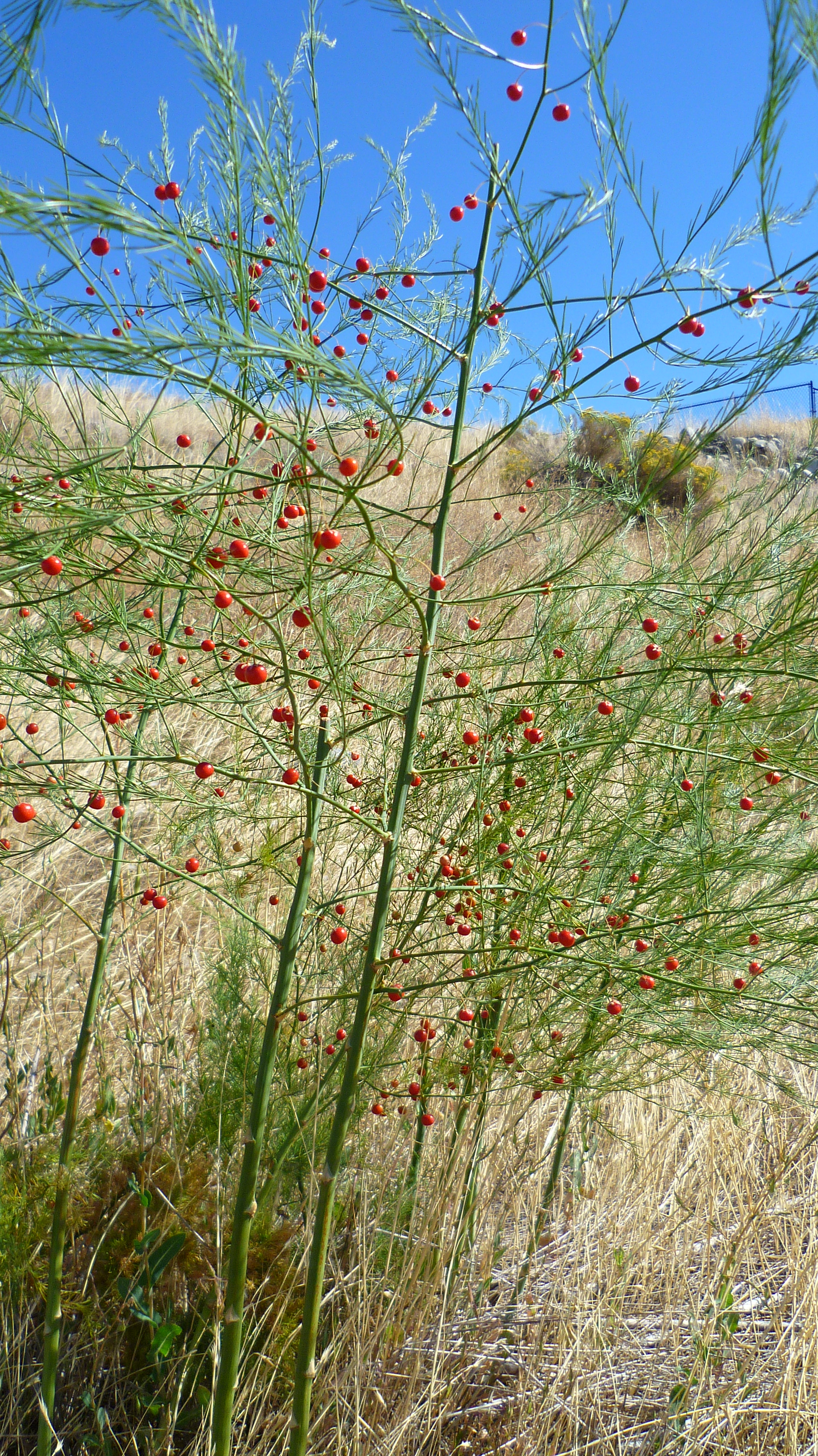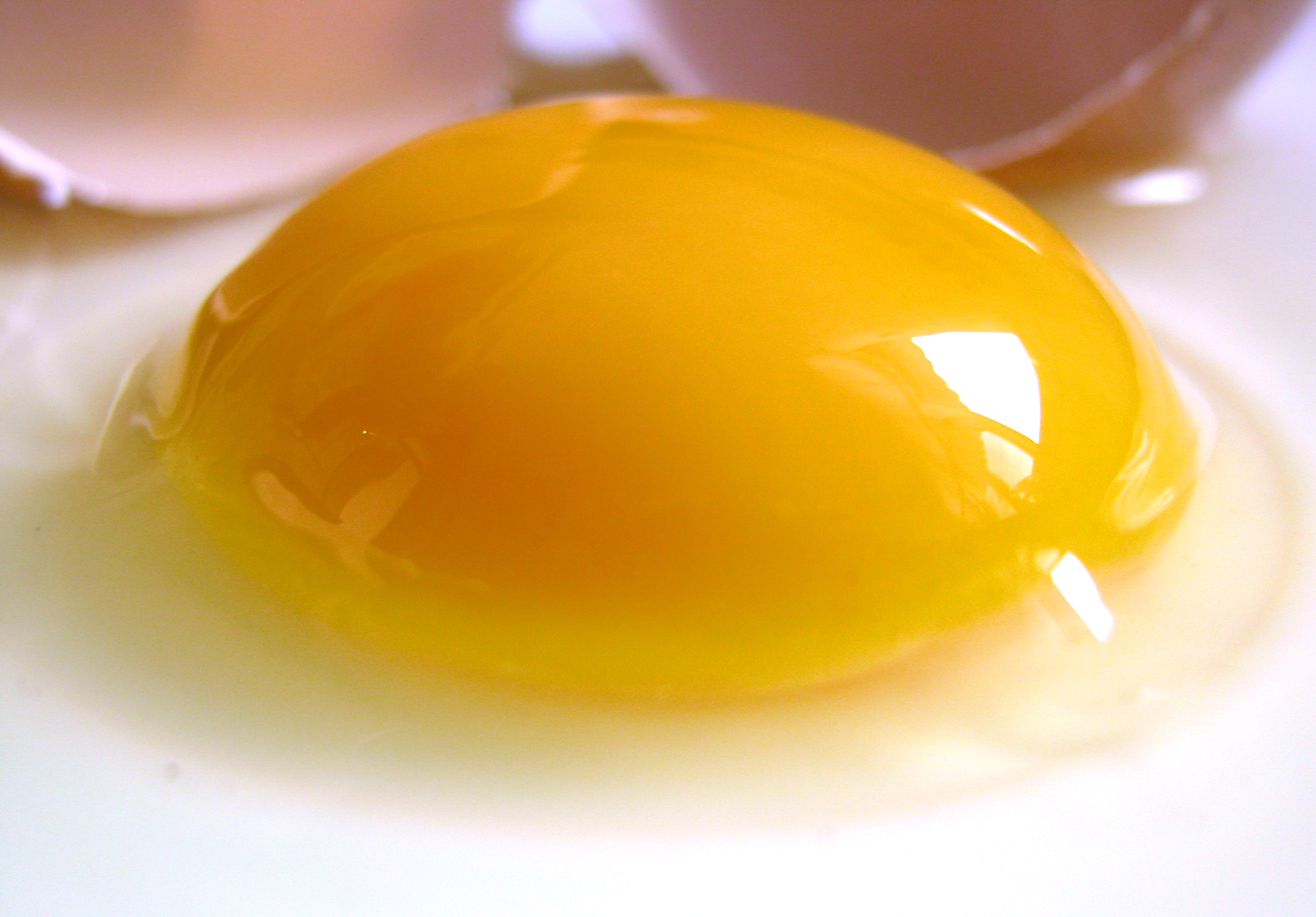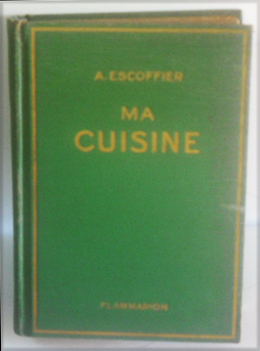|
Hollandaise
Hollandaise sauce ( or ; from French meaning "Dutch sauce") is a mixture of egg yolk, melted butter, and lemon juice (or a white wine or vinegar reduction). It is usually seasoned with salt, and either white pepper or cayenne pepper. It is well known as a key ingredient of eggs Benedict, and is often served on vegetables such as steamed asparagus. Origins ''Sauce hollandaise'' is French for "Hollandic sauce". The first documented recipe is from 1651 in La Varenne's ''Le Cuisinier François'' for "asparagus with fragrant sauce": The name was given during the Franco-Dutch war. La Varenne is credited with bringing sauces out of the Middle Ages with his publication and may well have invented hollandaise sauce. A more recent name for it is ''sauce Isigny'', named after Isigny-sur-Mer, which is famous for its butter. Isigny sauce is found in recipe books starting in the 19th century. By the 19th century, sauces had been classified into four categories by Carême. ... [...More Info...] [...Related Items...] OR: [Wikipedia] [Google] [Baidu] |
Eggs Benedict
Eggs Benedict is a common American breakfast or brunch dish, consisting of two halves of an English muffin, each topped with Canadian bacon or sliced ham, a poached egg, and hollandaise sauce. The dish is believed to have originated in New York City. Origin and history There are conflicting accounts as to the origin of eggs Benedict. Delmonico's in Lower Manhattan says on its menu that "Eggs Benedict was first created in our ovens in 1860." One of its former chefs, Charles Ranhofer, also published the recipe for ''Eggs à la Benedick'' in 1894. In an interview recorded in the "Talk of the Town" column of ''The New Yorker'' in 1942, the year before his death, Lemuel Benedict, a retired Wall Street stock broker, said that he had wandered into the Waldorf Hotel in 1894 and, hoping to find a cure for his morning hangover, ordered "buttered toast, poached eggs, crisp bacon, and a hooker of hollandaise". Oscar Tschirky, the ''maître d'hôtel'', was so impressed with the dis ... [...More Info...] [...Related Items...] OR: [Wikipedia] [Google] [Baidu] |
Béarnaise Sauce
Béarnaise sauce (; ) is a sauce made of clarified butter, egg yolk, white wine vinegar, and herbs. It is regarded as a "child" of hollandaise sauce. The difference is in the flavoring: béarnaise uses shallot, black pepper, and tarragon, while hollandaise uses white pepper or a pinch of cayenne. The sauce's name derives from the province of Béarn, France. It is a traditional sauce for steak. Escoffier: 89 History According to a common explanation, the sauce was accidentally invented by the chef Jean-Louis-François Collinet, the accidental inventor of puffed potatoes (''pommes de terre soufflées''), and served at the 1836 opening of Le Pavillon Henri IV, a restaurant at Saint-Germain-en-Laye. The restaurant was in the former residence of Henry IV of France, a gourmet himself, who was from Béarn. Although the sauce is a French invention, it became popular in the Nordic countries in the late 20th century, where it forms a major part of local steak cuisine with steaks and ... [...More Info...] [...Related Items...] OR: [Wikipedia] [Google] [Baidu] |
Sauce
In cooking, a sauce is a liquid, cream, or semi- solid food, served on or used in preparing other foods. Most sauces are not normally consumed by themselves; they add flavour, texture, and visual appeal to a dish. ''Sauce'' is a French word probably from the post-classical Latin ''salsa'', derived from the classical ''salsus'' 'salted'. Possibly the oldest recorded European sauce is garum, the fish sauce used by the Ancient Romans, while doubanjiang, the Chinese soy bean paste is mentioned in '' Rites of Zhou'' 20. Sauces need a liquid component. Sauces are an essential element in cuisines all over the world. Sauces may be used for sweet or savory dishes. They may be prepared and served cold, like mayonnaise, prepared cold but served lukewarm like pesto, cooked and served warm like bechamel or cooked and served cold like apple sauce. They may be freshly prepared by the cook, especially in restaurants, but today many sauces are sold premade and packaged like Worce ... [...More Info...] [...Related Items...] OR: [Wikipedia] [Google] [Baidu] |
François Pierre La Varenne
François Pierre de la Varenne (, 1615–1678 in Dijon), Burgundian by birth, was the author of ''Le Cuisinier françois'' (1651), one of the most influential cookbooks in early modern French cuisine. La Varenne's book expressed the culinary innovations that had revolutionised medieval and Renaissance French cookery in the 16th century and early 17th century. Historical context La Varenne was the foremost member of a group of French chefs, writing for a professional audience, who codified French cuisine in the age of King Louis XIV. The others were Nicolas de Bonnefons, ''Le Jardinier françois'' (1651) and ''Les Délices de la campagne'' (1654), and François Massialot, ''Le Cuisinier royal et bourgeois'' (1691), which was still being edited and modernised in the mid-18th century. The cookbook was still used in France until the French Revolution. The seventeenth century saw a culinary revolution which transported French gastronomy into the modern era. The heavily spiced fla ... [...More Info...] [...Related Items...] OR: [Wikipedia] [Google] [Baidu] |
Asparagus
Asparagus (''Asparagus officinalis'') is a perennial flowering plant species in the genus ''Asparagus (genus), Asparagus'' native to Eurasia. Widely cultivated as a vegetable crop, its young shoots are used as a spring vegetable. Description Asparagus is an herbaceous, perennial plant growing typically to tall, with stout stems with much-branched, feathery foliage. It has been known to grow as long as . The 'leaves' are needle-like cladodes (Aerial stem modification, modified stems) in the Leaf#Morphology, axils of scale leaves; they are long and broad, and clustered in fours, up to 15, together, in a rose-like shape. The root system, often referred to as a 'crown', is adventitious; the root type is Fascicle (botany), fasciculated. The flowers are bell-shaped, greenish-white to yellowish, long, with six tepals partially fused together at the base; they are produced singly or in clusters of two or three in the junctions of the branchlets. It is usually dioecious, with male ... [...More Info...] [...Related Items...] OR: [Wikipedia] [Google] [Baidu] |
Egg Yolk
Among animals which produce eggs, the yolk (; also known as the vitellus) is the nutrient-bearing portion of the egg whose primary function is to supply food for the development of the embryo. Some types of egg contain no yolk, for example because they are laid in situations where the food supply is sufficient (such as in the body of the host (biology), host of a parasitoid) or because the embryo develops in the parent's body, which supplies the food, usually through a placenta. Reproductive systems in which the mother's body supplies the embryo directly are said to be matrotrophy, matrotrophic; those in which the embryo is supplied by yolk are said to be lecithotrophy, lecithotrophic. In many species, such as all birds, and most reptiles and insects, the yolk takes the form of a special storage organ constructed in the reproductive system, reproductive tract of the mother. In many other animals, especially very small species such as some fish and invertebrates, the yolk mate ... [...More Info...] [...Related Items...] OR: [Wikipedia] [Google] [Baidu] |
Butter
Butter is a dairy product made from the fat and protein components of Churning (butter), churned cream. It is a semi-solid emulsion at room temperature, consisting of approximately 81% butterfat. It is used at room temperature as a spread (food), spread, melted as a condiment, and used as a Cooking fat, fat in baking, sauce-making, pan frying, and other cooking procedures. Most frequently made from cow's milk, butter can also be manufactured from the milk of other mammals, including Sheep milk, sheep, Goat milk, goats, Buffalo milk, buffalo, and Yak milk, yaks. It is made by churning milk or cream to separate the fat globules from the buttermilk. Dairy salt, Salt has been added to butter since antiquity to help Food preservation, preserve it, particularly when being transported; salt may still play a preservation role but is less important today as the entire supply chain is usually refrigerated. In modern times, salt may be added for taste and food coloring added for color. Kit ... [...More Info...] [...Related Items...] OR: [Wikipedia] [Google] [Baidu] |
Egg Yolk
Among animals which produce eggs, the yolk (; also known as the vitellus) is the nutrient-bearing portion of the egg whose primary function is to supply food for the development of the embryo. Some types of egg contain no yolk, for example because they are laid in situations where the food supply is sufficient (such as in the body of the host (biology), host of a parasitoid) or because the embryo develops in the parent's body, which supplies the food, usually through a placenta. Reproductive systems in which the mother's body supplies the embryo directly are said to be matrotrophy, matrotrophic; those in which the embryo is supplied by yolk are said to be lecithotrophy, lecithotrophic. In many species, such as all birds, and most reptiles and insects, the yolk takes the form of a special storage organ constructed in the reproductive system, reproductive tract of the mother. In many other animals, especially very small species such as some fish and invertebrates, the yolk mate ... [...More Info...] [...Related Items...] OR: [Wikipedia] [Google] [Baidu] |
Lecithin
Lecithin ( ; from the Ancient Greek "yolk") is a generic term to designate any group of yellow-brownish fatty substances occurring in animal and plant tissues which are amphiphilic – they attract both water and fatty substances (and so are both hydrophilic and lipophilic), and are used for smoothing food textures, emulsifying, homogenizing liquid mixtures, and repelling sticking materials. Lecithins are mixtures of glycerophospholipids including phosphatidylcholine, phosphatidylethanolamine, phosphatidylinositol, phosphatidylserine, and phosphatidic acid. Lecithin was first isolated in 1845 by the French chemist and pharmacist Théodore Gobley. In 1850, he named the phosphatidylcholine . Gobley originally isolated lecithin from egg yolk and established the complete chemical formula of phosphatidylcholine in 1874; in between, he demonstrated the presence of lecithin in a variety of biological materials, including venous blood, human lungs, bile, roe, and brains of ... [...More Info...] [...Related Items...] OR: [Wikipedia] [Google] [Baidu] |
Custard
Custard is a variety of culinary preparations based on sweetened milk, cheese, or cream cooked with Eggs as food, egg or egg yolk to thicken it, and sometimes also flour, corn starch, or gelatin. Depending on the recipe, custard may vary in consistency from a thin pouring sauce () to the thick pastry cream () used to fill éclairs. The most common custards are used in List of custard desserts, custard desserts or dessert sauces and typically include sugar and vanilla; however, Umami, savory custards are also found, e.g., in quiche. Preparation Custard is usually cooked in a double boiler (''bain-marie''), or heated very gently in a saucepan on a stove, though custard can also be steamed, baked in the oven with or without a Bain-marie, water bath, or even cooked in a Pressure cooking, pressure cooker. Custard preparation is a delicate operation because a ''temperature'' increase of leads to overcooking and curdling. Generally, a fully cooked custard should not exceed ; it begins ... [...More Info...] [...Related Items...] OR: [Wikipedia] [Google] [Baidu] |
Coagulate
Coagulation, also known as clotting, is the process by which blood changes from a liquid to a gel, forming a blood clot. It results in hemostasis, the cessation of blood loss from a damaged vessel, followed by repair. The process of coagulation involves activation, adhesion and aggregation of platelets, as well as deposition and maturation of fibrin. Coagulation begins almost instantly after an injury to the endothelium that lines a blood vessel. Exposure of blood to the subendothelial space initiates two processes: changes in platelets, and the exposure of subendothelial platelet tissue factor to coagulation factor VII, which ultimately leads to cross-linked fibrin formation. Platelets immediately form a plug at the site of injury; this is called ''primary hemostasis. Secondary hemostasis'' occurs simultaneously: additional coagulation factors beyond factor VII ( listed below) respond in a cascade to form fibrin strands, which strengthen the platelet plug. Coagulation is hig ... [...More Info...] [...Related Items...] OR: [Wikipedia] [Google] [Baidu] |
Auguste Escoffier
Georges Auguste Escoffier (; 28 October 1846 – 12 February 1935) was a French chef, restaurateur, and culinary writer who popularised and updated traditional French cooking methods. Much of Escoffier's technique was based on that of Marie-Antoine Carême, one of the codifiers of French ''haute cuisine''; Escoffier's achievement was to simplify and modernise Carême's elaborate and ornate style. In particular, he codified the recipes for the five mother sauces. Referred to by the French press as ''roi des cuisiniers et cuisinier des rois'' ("king of chefs and chef of kings"—also previously said of Carême), Escoffier was a preeminent figure in London and Paris during the 1890s and the early part of the 20th century. Alongside the recipes, Escoffier elevated the profession. In a time when kitchens were loud, riotous places where drinking on the job was commonplace, Escoffier demanded cleanliness, discipline, and silence from his staff. In bringing order to the kitchen, he t ... [...More Info...] [...Related Items...] OR: [Wikipedia] [Google] [Baidu] |










